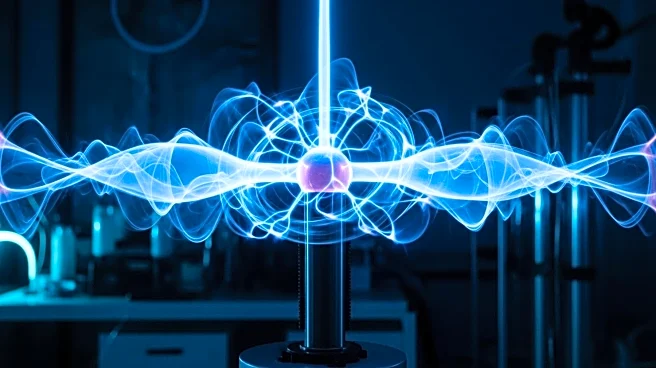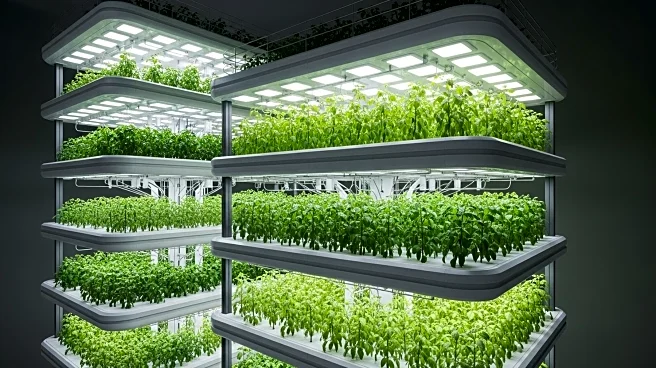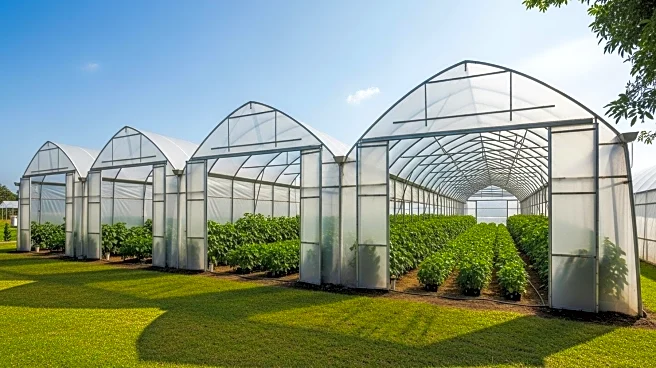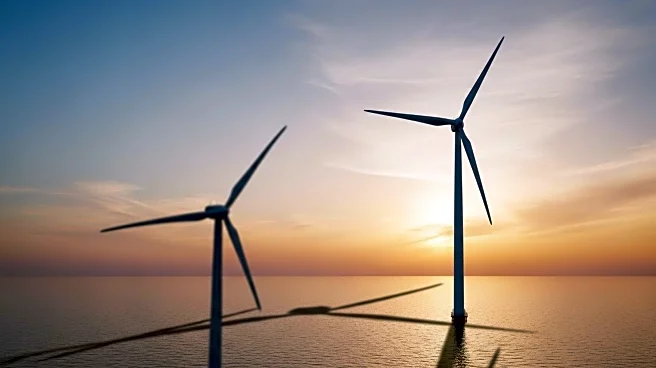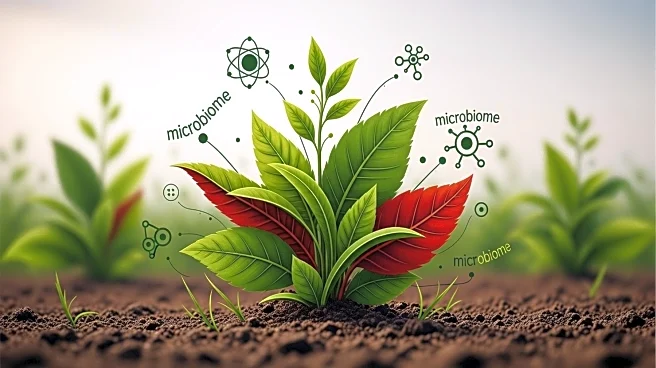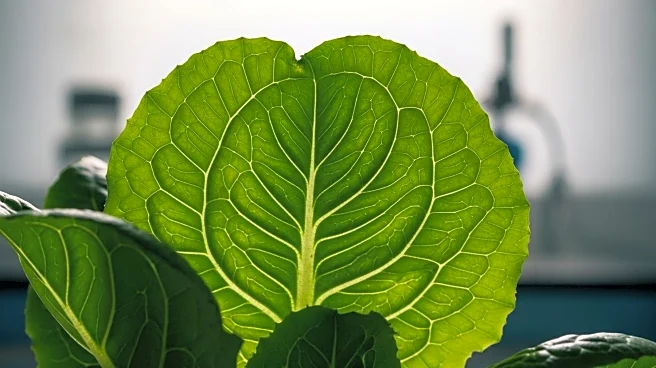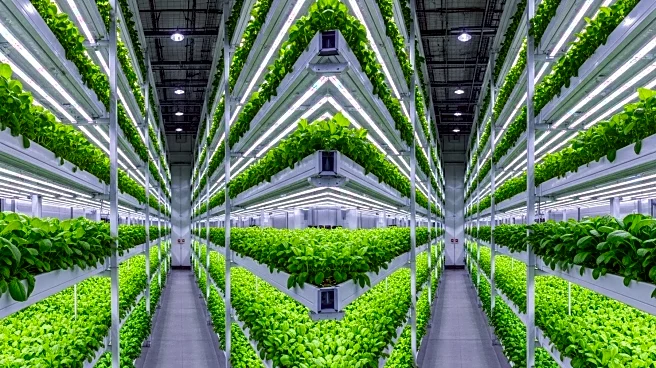What's Happening?
Researchers at the University of Sydney have developed a compact plasma device capable of converting air into ammonia gas using electricity. This innovation aims to replace the traditional Haber-Bosch method, which is known for its high emissions due to the use of fossil fuels. The new method utilizes a small plasma unit to energize nitrogen and oxygen in the air, followed by a membrane-based electrolyzer to produce gaseous ammonia directly. This breakthrough could lead to cleaner fertilizer production, reducing air pollution and lowering costs for farmers, ultimately decreasing food prices.
Why It's Important?
The development of a cleaner ammonia production process is significant for global food production, as ammonia is a key component in fertilizers. By reducing reliance on fossil fuels, this method could lower harmful emissions and stabilize costs for farmers, benefiting consumers with lower food prices. Additionally, ammonia's potential as a hydrogen carrier and clean fuel for ships could extend its benefits to the energy and transport sectors, contributing to a reduction in the chemical industry's climate impact.
What's Next?
The researchers aim to improve the efficiency of the electrolyzer component to complete the system. If successful, this technology could enable local fertilizer production, reducing transportation costs and supply chain volatility. This advancement could lead to healthier crops, more affordable meals, and a reduction in global warming.
Beyond the Headlines
The innovation represents a shift towards sustainable agricultural practices, potentially influencing global food security and environmental policies. It highlights the importance of developing technologies that reduce dependency on fossil fuels and promote cleaner energy solutions.
